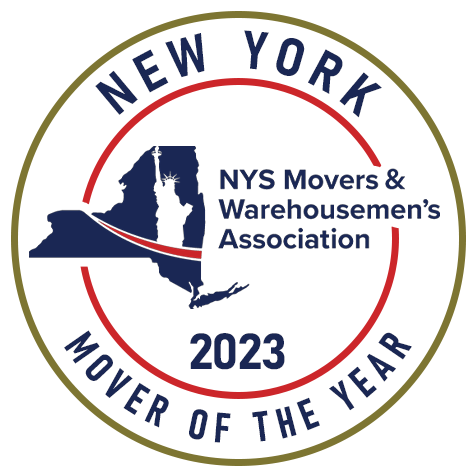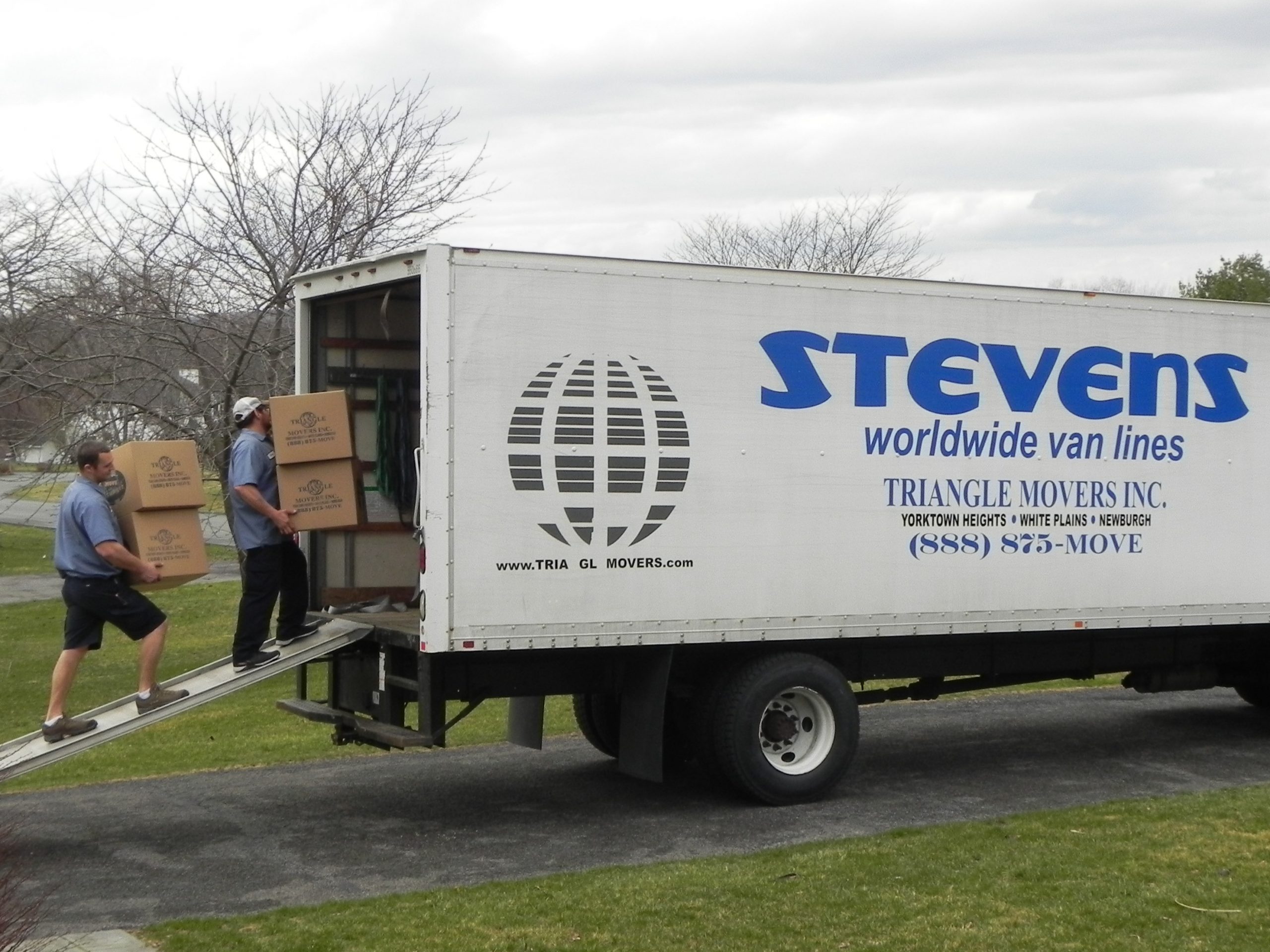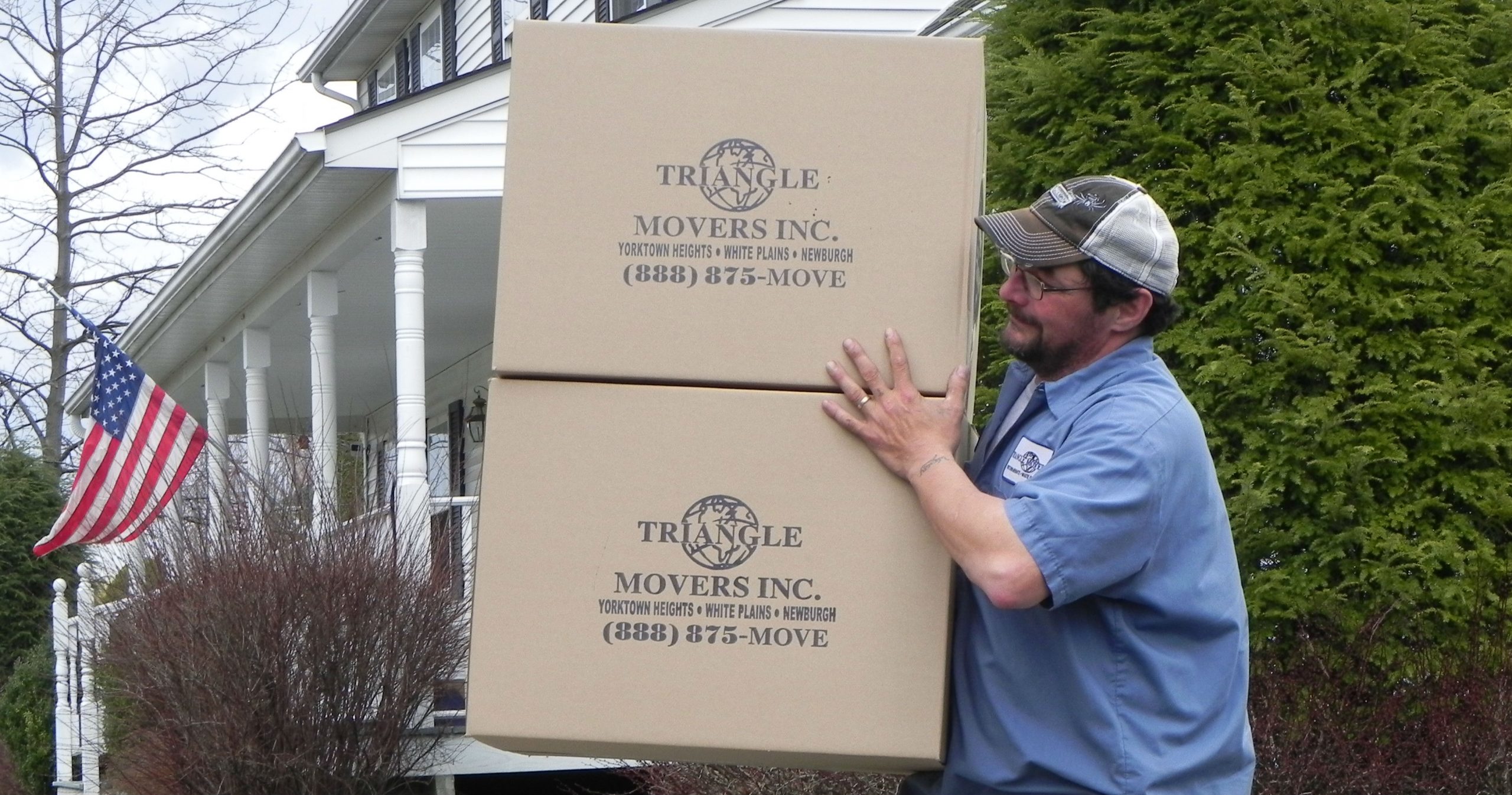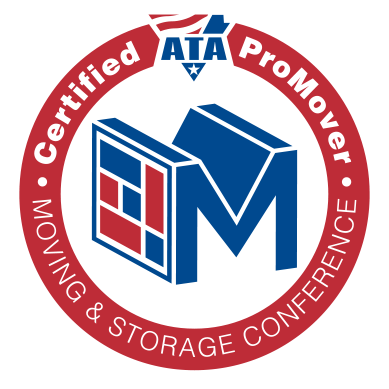The Complete Guide to Using a Moving Company in Orange County, NY
So you’re starting the moving process. Whether it’s a home or a business, moving is a project that is as intimidating as it is exciting. Sometimes, the biggest hurdle can be knowing where to start.
Doing it yourself might seem like the better financial choice, but it’s important to consider the downsides. While you may save yourself some money upfront, the costs add up as you go. When you bring in professional movers, you’re not just paying for muscle—you’re buying back your time, protecting your possessions, and saving your sanity.
Whether you’ve booked a mover or are just starting the moving process, it helps to know what to expect and how to prepare. Having served the moving needs of Orange County since 1996, we’ve put together this resource to help you navigate the moving process with confidence.
Finding a Qualified Moving Company in Orange County
Not all moving companies are created equal. Some cut corners, while others provide exceptional service. Your job is to identify the difference before signing any contracts.
Verify Credentials and Licensing
Start by checking that your moving company has the proper licenses. Orange County moving companies must have a NYSDOT number to conduct relocations within the state, and for moves crossing state lines, they need a USDOT number from the Federal Motor Carrier Safety Administration. These confirm that the company operates legally and meets safety standards.
Confirm Insurance Coverage
Insurance matters just as much as licensing. Reputable movers carry comprehensive coverage and offer different valuation options to protect your belongings. Ask specifically about:
- Released Value Protection for basic coverage
- Full Value Protection for comprehensive replacement coverage
- Additional insurance options if you have high-value items
Research Reputation and Reviews
Do your homework before committing to a moving company. Take these steps to evaluate their track record:
- Read online reviews on multiple platforms
- “Find out whether the company has a report with the Better Business Bureau, which has reviews of more than 20,000 moving-related companies,” suggests Consumer Reports.
- Request references from customers who completed similar moves
- Pay attention to how companies respond to complaints and resolve issues
Watch for Red Flags
Companies offering suspiciously low estimates, refusing to provide licensing details, avoiding your questions, or pushing you to sign a blank contract should raise immediate red flags. If something feels off, trust your instincts and keep looking elsewhere.
Value Local Expertise
Orange County’s geography and traffic patterns create challenges unique to the area. Companies familiar with the area know how to navigate congested corridors around I-84, understand local parking regulations, and can anticipate complications before they arise. This local expertise translates directly into a smoother moving experience.
Understanding What You’ll Pay
Moving costs aren’t one-size-fits-all. Your final bill depends on multiple variables, and understanding these factors helps you budget realistically and compare quotes fairly.
How Pricing Your Move Works
- Local moves (within 50 miles): Typically charged at hourly rates. “With 141 licensed movers in New York, the going rate for hourly service averages $131,” according to moveBuddha. Your actual rate depends on how many movers you need, what size truck is required, accessibility issues like stairs or narrow hallways, and any specialty items requiring extra care.
- Long-distance moves (over 50 miles): Calculated based on the total weight of your belongings and the distance traveled. Additional factors like fuel surcharges, tolls, and seasonal demand can affect the final price.
Getting Accurate Moving Estimates
The smartest approach? Request detailed written estimates from at least three different companies. Quality movers offer free estimates that break down all anticipated costs, giving you a clear picture of what to expect. Don’t just compare the bottom-line numbers—evaluate what’s included in each quote and whether the company seems thorough and professional.
Questions to Ask About Move Pricing
- What triggers additional charges beyond the base estimate?
- How do you handle unexpected complications that arise during the move?
- Are there fees for stairs, long carries, or difficult parking situations?
- What payment methods do you accept, and when is payment due?
Understanding these details upfront prevents surprises on moving day.
Choosing What Help You Need
Think of moving services as building blocks you can mix and match based on your situation. Some people want complete hands-off service, while others prefer handling certain tasks themselves to save money.
Full-Service Moving
Full-service moving means exactly what it sounds like: the company handles everything. This option costs more but delivers maximum convenience, making it ideal when you’re short on time or prefer not to deal with any lifting or packing. Full-service typically includes:
- Disassembling furniture before the move
- Packing all your belongings with professional materials
- Loading everything carefully onto the truck
- Transporting items to your new home
- Unloading and unpacking at your destination
- Reassembling furniture and placing items where you want them
Customized Service Levels
Customized service levels give you flexibility. Maybe you’re comfortable packing boxes but want professionals to handle your large furniture. Or perhaps you only need loading and unloading help. Most companies let you pick and choose services, allowing you to save money on tasks you can manage while getting expert help where it matters most.
Common Service Options Include:
- Professional loading and unloading: Ensures your belongings are handled properly and placed where you want them in your new home
- Transportation services: Experienced drivers who know Orange County roads eliminate one major source of stress
- Furniture disassembly and reassembly: Protects large pieces and ensures everything fits through doorways and around corners
- Packing services: Range from complete home packing to helping with just your fragile items or specific rooms, using professional-grade materials
- Storage solutions: Climate-controlled warehouse space that keeps your belongings safe when your move-out and move-in dates don’t align perfectly
- Specialty item handling: Addresses the unique challenges of moving pianos, antiques, artwork, gun safes, hot tubs, and other valuables that require extra care and expertise
Getting Ready for Moving Day
Success on moving day starts weeks earlier with thoughtful preparation. The more organized you are before your movers arrive, the more smoothly everything will go.
Timeline for Booking
“Start the search for a moving company as soon as possible[,] preferably two months before your move,” advises the New York Times. This gives you the best selection of moving companies and dates, particularly if you’re moving during the summer months or at the end of the month when everyone’s lease seems to expire simultaneously.
Declutter Before You Pack
Moving provides the perfect motivation to evaluate what you actually need versus what’s just taking up space. Take the time to:
- Sort through closets, storage areas, and garage items
- Donate items in good condition to local charities
- Sell valuable items you no longer need
- Discard broken or unusable belongings
- Remember: Every item you eliminate reduces both the cost and complexity of your move
Know What Can’t Be Moved
Safety regulations and company policies prohibit transporting certain items. Plan ahead for these restricted materials:
- Hazardous materials and chemicals
- Propane tanks and compressed gases
- Cleaning supplies and solvents
- Paint and paint thinners
- Ammunition and firearms (some restrictions vary)
- Perishable food items
Prepare Your Home
Before your moving crew arrives:
- Clear pathways from each room to the exit
- Remove obstacles that could slow down the movers
- Have everything packed and ready to go
- Arrange for pets to stay in a closed room or with friends during the move
- Reserve elevator time if you live in an apartment building
What Happens on Moving Day
Your moving crew arrives at the scheduled time, ready to work. Here’s how the day typically unfolds.
Initial Walkthrough
The crew will start by conducting a walkthrough, discussing any special concerns, and reviewing which items are being moved. This is your opportunity to:
- Point out anything requiring extra care or special handling
- Clarify which items stay and which items go
- Ask any last-minute questions about the process
- Confirm delivery address and any access considerations
Loading Your Belongings
As they load your belongings, professional movers use protective materials like furniture pads, shrink wrap, and straps to secure everything properly. They’re trained to maximize space in the truck while ensuring nothing shifts or gets damaged during transport.
Important Documentation
You’ll receive two important documents during this process:
- Bill of Lading: Functions as your contract and receipt, listing all service details, addresses, and delivery timeframes
- Inventory Sheet: Catalogs every item being moved, typically with numbered labels or stickers, and notes the condition of each piece before loading
Review both documents carefully and keep them accessible throughout the move—you’ll need them at delivery.
Completing Your Move
When your belongings arrive at your Orange County destination, you’re almost done, but a few final steps ensure everything is properly completed.
Verify Your Delivery
Use your inventory sheet to check that all items have been delivered:
- Match numbered tags or stickers to your inventory list
- Inspect each piece as it comes off the truck
- Look for any damage that might have occurred during transit
- Document any concerns immediately with photos if possible
Sign Off on Your Move
Once you’ve confirmed everything is present and accounted for, you’ll sign the Bill of Lading, which officially completes your move. This signature indicates you’ve received your belongings and are satisfied with the service.
Filing a Claim if Needed
If you discover damaged or missing items, contact your moving company immediately to start a claim:
- Report issues as soon as possible for the fastest resolution
- Provide documentation, including photos of damage
- Reference your inventory sheet and Bill of Lading
- Remember, you have up to nine months to file, but sooner is better
- Your reimbursement will be based on the valuation coverage you selected when booking your move
Making Your Orange County Move a Success
Keys to a Successful Move:
- Verify that any company you consider has proper licensing and insurance
- Compare multiple detailed estimates from at least three companies
- Think carefully about which services genuinely fit your needs and budget
- Stay organized with checklists and timelines throughout the process
- Communicate clearly with your moving company about expectations and concerns
Whether you’re arriving from the city seeking more space, relocating within the Hudson Valley, or moving here from across the country, working with experienced local movers makes the transition significantly easier.
Take your time choosing a moving company that demonstrates professionalism, understands the local area, and treats your belongings with the care they deserve. With the right preparation and qualified help, your move can be the positive, fresh start you’re looking for.

















